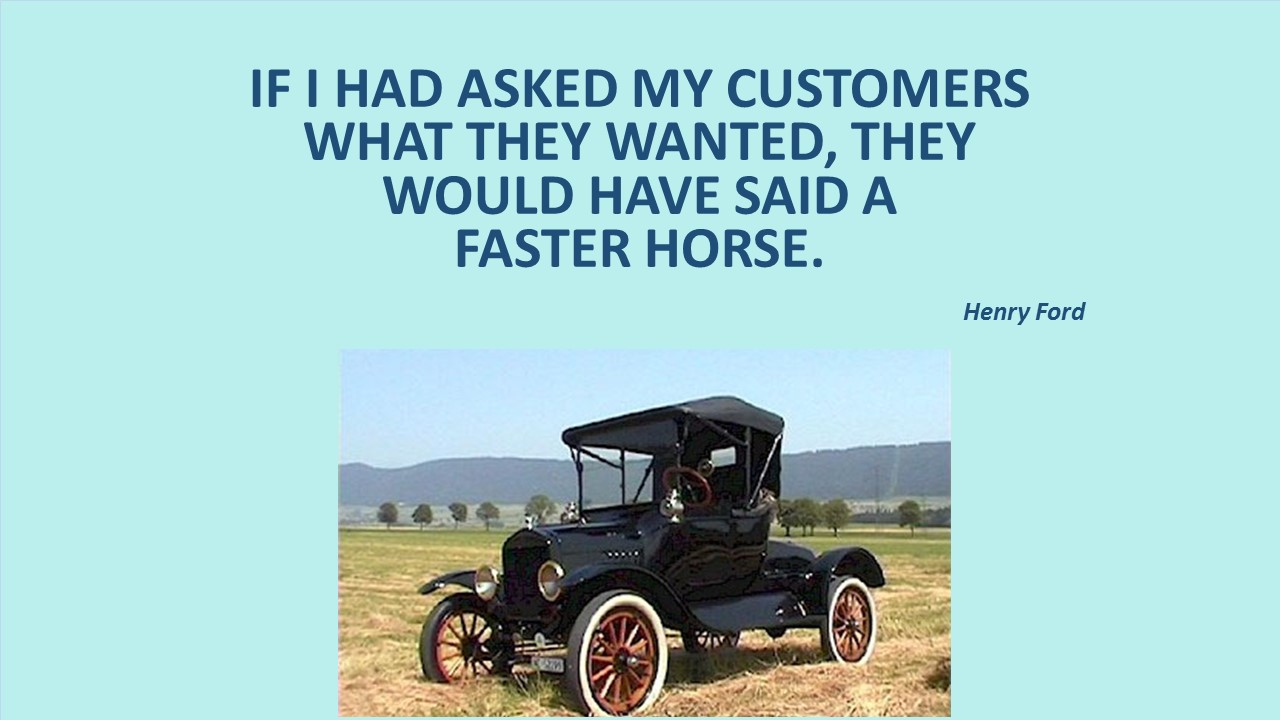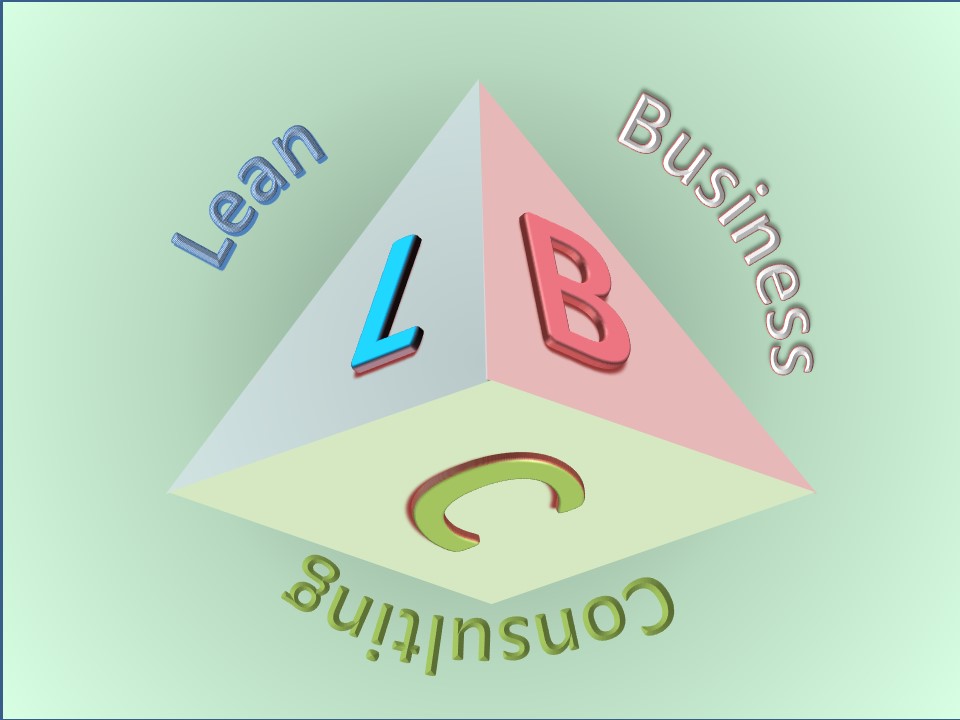There are currently two distinct ways of manufacturing organisation. The first is the well-known traditional manufacturing, which makes use of high throughput equipment, builds high stocks resulting in long lead times and implements make to stock production planning based on forecasts. The second, known as lean manufacturing, is a more recent one that is based on flexible production, low stocks or even no stock building and implements make to order production planning. The striking results of lean manufacturing is the strong reduction of stocks ...
... the impressive increase of inventory turns – and therefore the drastic reduction of working capital required to run the business – and the amazing increase of customer service.
What are the basic characteristics of lean manufacturing?
The salient characteristic of lean manufacturing is the operational flexibility of its equipment, based on the very low set up and change over time. As equipment set up or change overs becomes faster, they enable very frequent change overs and therefore production of small batches, as long as they do not exceed the 10% of the available time for production, as a rule of thumb. The high efficiency and reliability of the equipment is required to ensure that in the remaining 90% of the time, the equipment is running uninterrupted. The fast change over procedures enable the allocation of many product codes on one equipment, which makes the equipment capable of producing a whole product group.
The lean equipment can very flexibly follow the demand and any demand spikes involved, even in the fast moving consumer goods sector, rendering the detailed demand forecasting pointless. Even more important, the lean manufacturing largely supports the make to order production planning, because it drastically reduces the lead time per order. The production is pulled by the demand, as opposed to the alternative "make to stock" planning that is pushing the product to be sold via creating stocks.
The production flow mode
Lean manufacturing requires that production is organised in a flow mode. This implies that manufacturing is not organised in groups or departments of dedicated equipment that makes a specific job (like cutting, welding or painting). This would require that the product is built by moving in and out between the buffer storage and the equipment departments, as is mostly the case in the traditionally organized automotive industry. Instead, the lean manufacturing is grouping the equipment around the final products, which eliminates the need for intermediate buffer stocks and greatly simplifies production scheduling.
A lean production methodology in a foods factory for instance, would rearrange the product recipe mixing department, the processing department and packing department and organise the production in production lines. Each line starts from mixing and ends in palletising for one main product or groups of similar lower volume products.
A visual management system that shows the production in progress per lean production line will further greatly facilitate the co-ordination of the job along the line, installing a pull mode, where each part of the line is pulled by its next part downstream. It goes without saying that lean manufacturing requires multiskills to support flexibility.
The process flow organisation
Flow and pull organisation of production on lean production lines integrated around product groups, favours the organisation around processes rather than functions. In this way the value created on each lean production line is more obvious to everybody working around it. This type of organisation is based on small cross functional groups each dedicated to a product group. Even more important, the customer waiting at the end of the line is now visible to everybody.
The process flow organisation allows the lean manufacturing line to be analysed in discrete process steps. This analysis helps the separation of the value adding from the non-value adding steps, from the view point of whether they add any value to the end product. For example waiting or transportation to the next step are non-value adding steps. The elimination or drastic reduction of the non-value adding steps reduces the lead time and finally the manufacturing cost.
The notion of quality in lean manufacturing
For the lean manufacturing line to be successful it is extremely important that the product flows uninterruptedly, meaning that there are no quality hick ups along the line and no waste. This emphasises the importance of the implementation of the 6 Sigma process capability improvement methodology, which ensures that each manufacturing process is designed and implemented to produce within specifications eliminating any waste or reprocessing.
In the end all is about maximisation of value to the consumer
Last but not least is the value of the product as perceived by the consumer. In fact this is the first thing to focus when implementing the lean manufacturing principles. It involves thorough investigation of the way the consumer is using the product to satisfy his needs. This analysis usually reveals many surprises, like missing functions from the product that could make the consumer happier, as well as useless functions that usually make the product complicated and even difficult to use (simplicity is the most difficult thing to apply). However,  careful investigation of consumer needs, involves a trap that can really be misleading. Imagine what would have happened if Henry Ford would follow the wishes of his customers; he said “If I had asked my customers what they wanted, they would have said a faster horse”; we are lucky that he didn’t.
careful investigation of consumer needs, involves a trap that can really be misleading. Imagine what would have happened if Henry Ford would follow the wishes of his customers; he said “If I had asked my customers what they wanted, they would have said a faster horse”; we are lucky that he didn’t.
In conclusion, lean manufacturing involves many skills and competencies like process management, product development, marketing, engineering, TPM, SMED, 6 Sigma and TQM. The lean factory does not require high throughput, expensive, highly automated equipment or articulated software. It uses effective, efficient, controllable and simple equipment and it is devoted to satisfy the customer and the consumer. It maximizes the value to the consumer and minimizes his hassle, paying respect to consumer’s time and money. In other words, if you want to have happy consumers, think of lean manufacturing.
This brochure aims at briefly explaining the value expected from the implementation of lean manufacturing and lean management and the principles connected to them. It is highly important to understand that the switching from the traditional system of high throughput and high stocks to lean manufacturing involves careful analysis and of course good communication. So it is highly recommended to avoid jumping to quick conclusions about the type of reorganisation of manufacturing. However, one thing is for sure, that lean manufacturing is an ongoing procedure that requires continuous improvement; it is a different mind-set and needs strong top management support and guidance. Consistent and genuine implementation of lean thinking simplifies production, reduces drastically the stocks and the costs and brings the customer into perspective.
6 Aug. 2016
Alkis Charalambopoulos, www.leansolutions.gr
Key words: production planning, process capability, lean manufacturing, customer service, make to order, flow production, value creation

